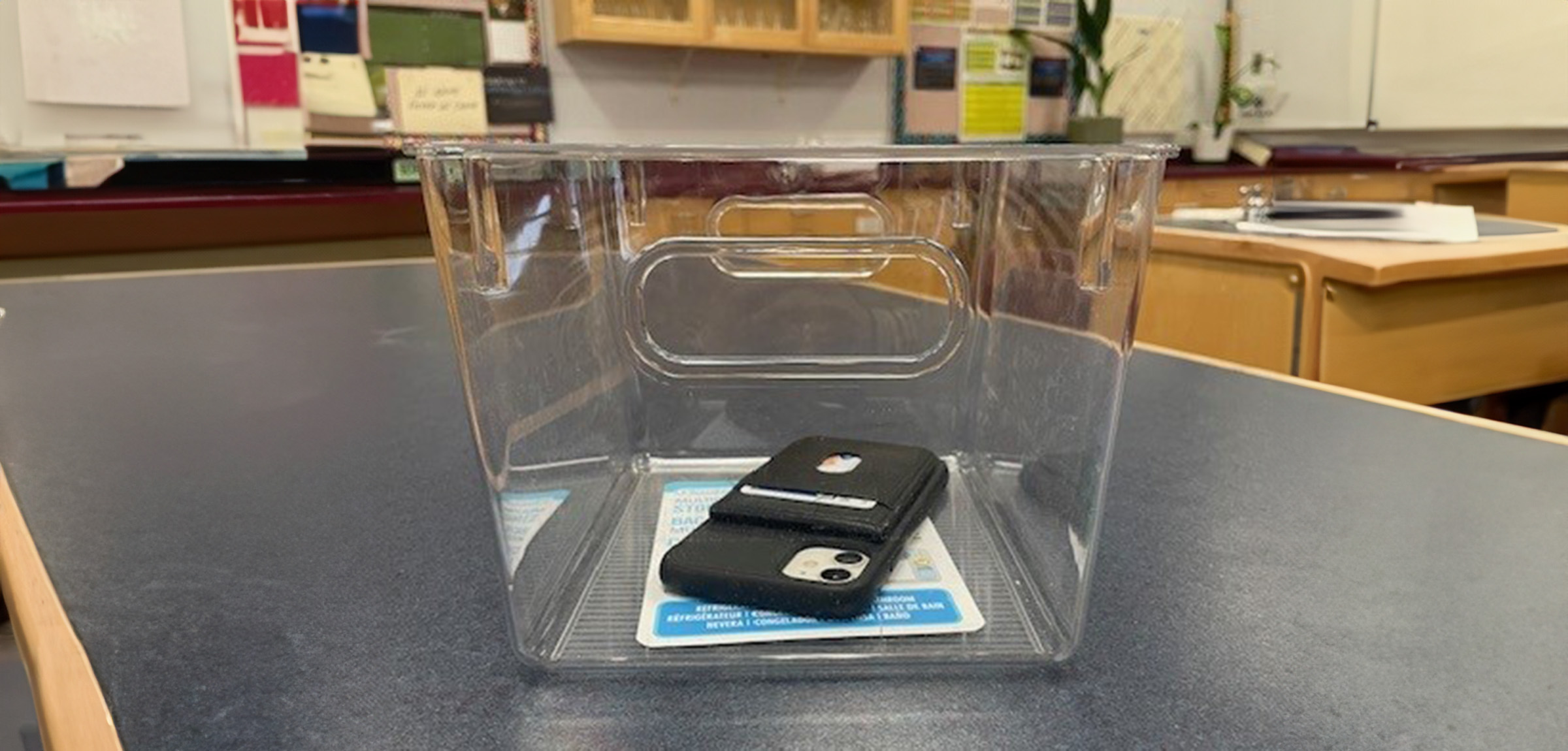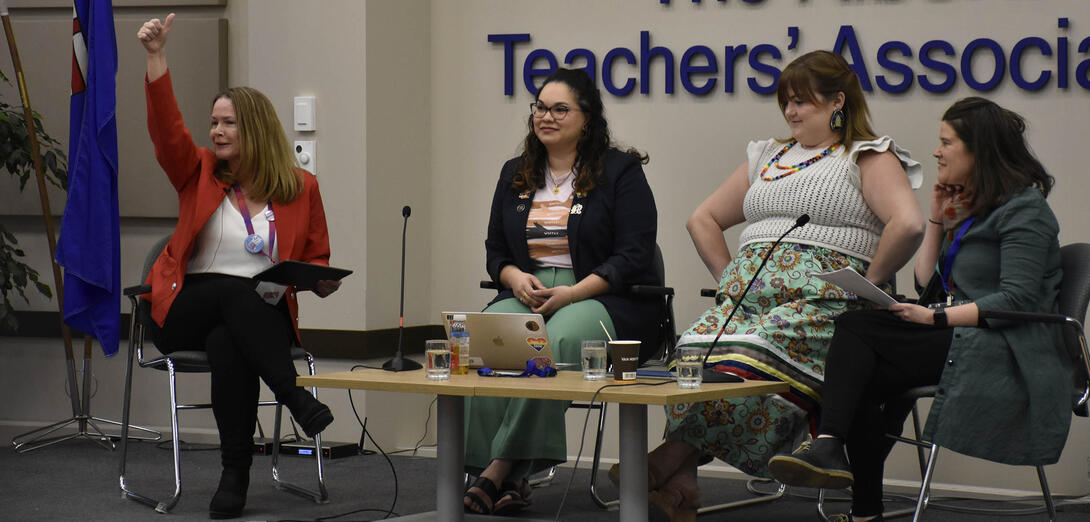A global trend toward banning the use of cellphones in schools is gaining traction in Alberta, with the subject generating new processes and discussions within schools, school divisions, Alberta Education and the ATA.
Numerous jurisdictions around the world have imposed restrictions on the presence and use of cellphones within schools. This includes countries like Belgium, Spain and the United Kingdom; American states like Florida, Oklahoma and Vermont; and in Canada, the provinces of British Columbia, Quebec and Ontario.
In Alberta, the government recently implemented an online survey to gauge Albertans’ views on the subject.
“While cellphones can be used to support learning, there are some risks that are of concern to the government,” said Education Minister Demetrios Nicolaides in a statement provided to the ATA News.
Several studies suggest that smartphone and social media use can negatively impact mental health and affect adolescent self-view, Nicolaides said.
“It is imperative that we take any and all measures possible to combat growing youth mental health concerns,” he said. “Alberta’s government will have more to say in the future after we have finished talking to parents, teachers and other partners.”
ATA action
The Alberta Teachers’ Association has been researching the impact of technology use since 2012 through its participation in the Growing Up Digital Alberta project. Findings show that continuous connection via social media is associated with increased rates of anxiety, depression and lack of focus, said Phil McRae, the ATA’s research co-ordinator.
“I think implementing some smartphone restrictions has the ability to change that trajectory to the better,” McRae said.
The ATA’s latest pulse survey of members found that 75 per cent of Alberta teachers would like to see a smartphone-free classroom environment. A number of Alberta schools and school divisions have already imposed their own restrictions, McRae said.
In light of the research and the growing concern about the negative effects of device overuse, the ATA has drafted a policy resolution that will be up for debate at its upcoming Annual Representative Assembly. The proposed policy calls for smartphone use in class to be confined to instances when the teacher identifies a pedagogical purpose or student medical/special needs.
“Teachers are raising their voices on this issue and whatever provincial restrictions or policies come in place, we have to protect the judgment of teachers for pedagogical use and for their students who have medical or special exceptionalities,” McRae said.
The policy wording is intentional in specifying “smartphone” rather than cellphone because the main concern is continuous connectivity through social media apps, McRae said.
For ATA president Jason Schilling, a key element is preserving teacher autonomy to direct how electronic devices are used in their classrooms, and making sure teachers are able to express their opinions about the proposed resolution.
“We want teachers to weigh in on this issue,” Schilling said. “That’s why we have a resolution and a debate on the issue.” ❚

|
Facts |
|---|
|
Example from Lethbridge
Last September, the leadership committee at Winston Churchill High School in Lethbridge, prompted by research and their own observations, identified cellphone overuse as an issue they needed to address. The committee began a series of consultation and education efforts involving teachers, parents and students that led to the creation of guidelines around the use of electronic devices during class time. The guidelines call for devices to be kept in students’ bag, their locker or in a space provided by the teacher.
Creating the guidelines took four months and a lot of consultation and communication, said principal Tracy Wong. Much of the communication centred on explaining the why behind the initiative.
“We just want our kids to be their best selves, and we feel that cellphones were getting in the way of that,” Wong said.
It was important to school leaders that the initiative be framed as guidelines aimed at helping students address a problematic issue rather than a punitive policy, Wong said. If a student is struggling to follow the guidelines, the consequence is further education and support rather than punishment.
The guidelines have been in place since Feb. 1. At first, they were a significant adjustment for students and teachers, requiring regular reminders, but student resistance is gradually shifting to acceptance and appreciation.
“A couple students told me, ‘I actually had a deep conversation with my friends during our spare,’” Wong said. “We’ve seen small improvements and we believe in it, so we’re going to keep on this pathway.”
Proposed Association policyThe following resolution will be moved by Provincial Executive Council for debate at the Annual Representative Assembly in Calgary on May 18 to 20. BE IT RESOLVED, that the use of smartphones by students in Alberta classrooms during instructional time is prohibited to promote a focused, engaging and safe learning environment, except where teacher professional judgment identifies a pedagogical purpose, including but not limited to enhancing digital literacy and engaging with the curriculum in interactive ways; in instances where digital wellness education is being explicitly taught or applied; and for accommodating properly documented student medical needs. |



